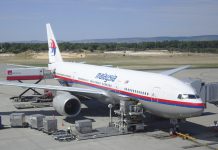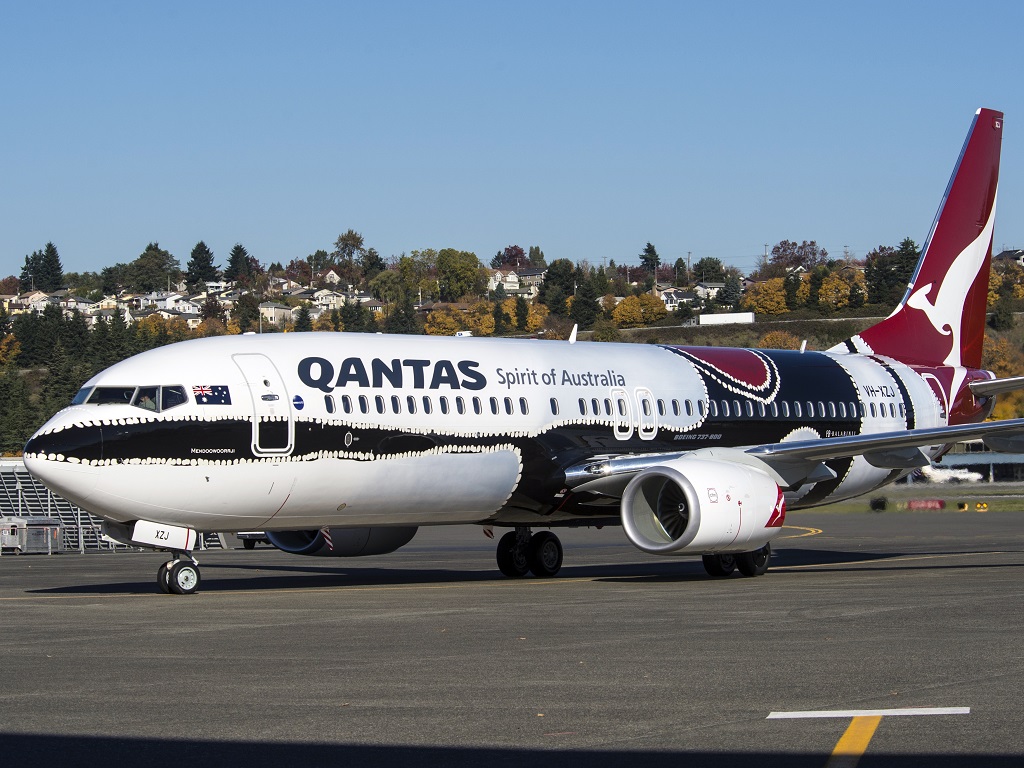COVID has sent Qantas into a red-ink spiral to post its worst-ever underlying loss before tax of A$1.826 billion (US$1.33b) for the FY21 year ending June 30.
In 2014 Qantas did post a shock A$2.84 billion headline loss but a large part of that related to fleet write-down and the underlying loss before tax was A$646 million.
The airline said that diabolical trading conditions due to COVID had cost the airline A$20 billion in revenue.
In May the airline warned that although there was a sustained domestic recovery underway driving strong cash generation it would lose over A$2 billion for the FY21 year.
However, the airline says it has started FY22 in a fundamentally better position to deal with uncertainty and manage its recovery compared with 12 months ago.
READ Air New Zealand’s result here
Total revenue loss from COVID reached A$16 billion as the full-year impact of minimal international travel and multiple waves of domestic border restrictions continued to hit travel demand.
The statutory loss before tax – which includes one-off costs such as redundancies and aircraft write-downs – was A$2.35 billion. Underlying EBITDA was A$410 million, in line with the guidance provided in May.
Periods of open domestic borders in the second half saw significant cash generation by Qantas and Jetstar, which helped the Group to reduce net debt from A$6.4 billion in February 2021 down to A$5.9 billion by the end of June.
The airline said that throughout the year, cash flow was underpinned by a continued strong performance by Qantas Loyalty and significantly higher international yields for Qantas Freight.
Qantas said that as well as delivering an essential service under very challenging circumstances, the Group made significant progress towards its recovery program.
It said that planned rightsizing is largely complete and much restructuring has been implemented.
Central to these changes has been the ability to better manage costs in the face of sudden border closures. Cost benefits from the recovery program were ahead of expectations for FY21 at A$650 million.
Qantas Group chief executive Alan Joyce said: “This loss shows the impact that a full year of closed international borders and more than 330 days of domestic travel restrictions had on the national carrier. The trading conditions have frankly been diabolical.
“It comes on top of the significant loss we reported last year and the travel restrictions we’ve seen in the past few months. By the end of this calendar year, it’s likely COVID will cost us more than A$20 billion in revenue.
“We’ve had to make a lot of big and difficult structural changes to deal with this crisis, and that phase is mostly behind us. As a result, we’re geared to recover quickly, in line with a national vaccine rollout that is speeding up.
“Things remain tough, especially for thousands of our people waiting to return to their jobs when borders open and hopefully stay open. Our focus is getting them back to work as soon as possible, which is why we were ramping up our flying and adding new destinations before the most recent lockdowns.
“Despite the uncertainty that’s still in front of us, we’re in a far better position to manage it than this time last year. We’re able to move quickly when borders open and close. We’re a leaner and more efficient organisation. And our requirement for all employees to be vaccinated will create a safer environment for our people and customers.
“When Australia reaches those critical vaccination targets later this year and the likelihood of future lockdowns and border closures reduces, we expect to see a surge in domestic travel demand and a gradual return of international travel.
On the landscape going forward, Qantas said that recent outbreaks and associated domestic and trans-Tasman border closures are expected to have an impact in the order of A$1.4 billion on the Group’s Underlying EBITDA in the first half of FY22.
This estimate assumes borders in Victoria and New South Wales re-open in early December 2021. If borders open earlier and flying returns more quickly, capacity can be adjusted accordingly.
Unfortunately, the extended border closures will also extend the stand-downs of domestic crew and airport staff beyond the eight weeks previously announced – however, no job losses are expected.
Vaccination rates are expected to reach 70 percent of the eligible population during November, enabling domestic lockdowns and border restrictions to be steadily eased.
Qantas said that the Group’s liquidity, strong position in the domestic market, and progress on restructuring give confidence that the overall recovery plan remains on track despite these significant setbacks.
























